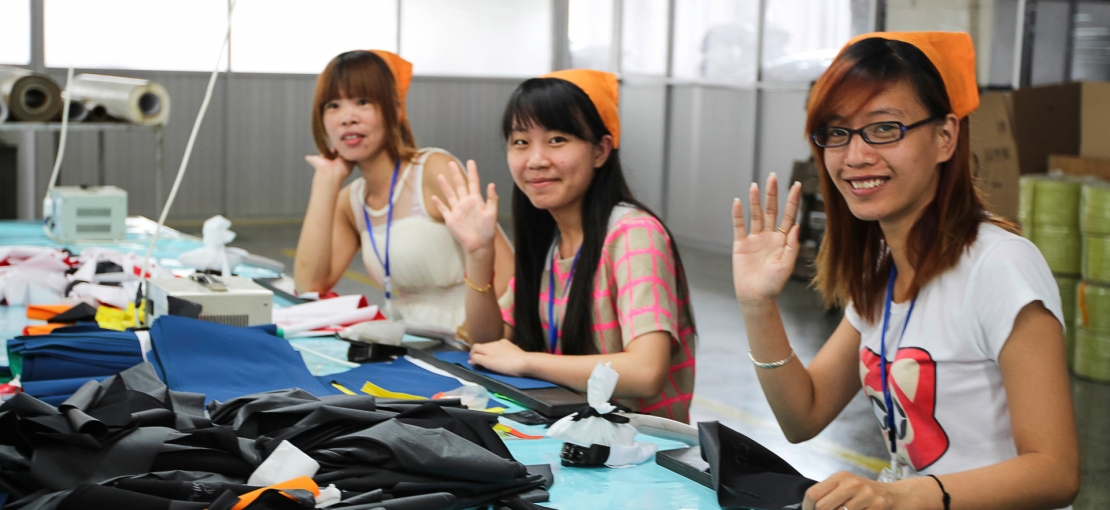
Equal treatment and equal opportunity in the supply chain
What we require from our production partners
VAUDE attaches great importance to ensuring that no one is discriminated against because of his national, ethnic or social origin, color of skin, gender, religious or political beliefs, membership in a labor organization or union, or with disabilities.
All aspects relating to the employment relationship must be based on the principle of equal treatment and equal opportunity. This applies to the recruitment of new employees and the wage policy as well as training opportunities, opportunities for advancement, dismissal or retirement.
This is regularly reviewed by local VAUDE employees in the producing countries and by the Fair Wear Foundation (FWF). If there are findings, they are immediately discussed with our producers to work out joint solutions. Implementation is supported and monitored until the finding is resolved.
Complaints
- Since employees and their managers were not enlightened on social standards, in particular equal treatment, discrimination can not be ruled out.
- If a company has a certain percentage of female employees, it must support local childcare facilities or participate in the costs of childcare.
Both complaints were made at suppliers in Vietnam.
Wage policy at our suppliers
In its audit, the FWF evaluates how closely equal treatment and wages are related. To find out, the FWF has created a Wage Ladder which shows the respective wages within the various departments, divided by gender. The system checks whether there are departments in which the wages are generally higher or lower. If there are problems, they are listed in the comments of the Wage Ladder and included in the corrective action plan.
Gender distribution
Each FWF audit determines gender distribution of the workforce, which is divided into two categories: "Management and Office Workers" and "Production Workers".
As a rule of thumb, we have established that the proportion of women in the production facilities for the clothing industry lies between 68 and 75 percent and is quite high. Because of this high level of women, some of our producers offer childcare. A few other producers are planning to offer childcare.
Gender distribution in Vietnam
Gender distribution in China
Gender distribution in Bulgaria
| GRI: | G4-LA12 |
| GRI: | G4-LA13 |
| GRI: | G4-HR3 |
| GRI: | G4-DMA Equal Remuneration for Women and Men |






